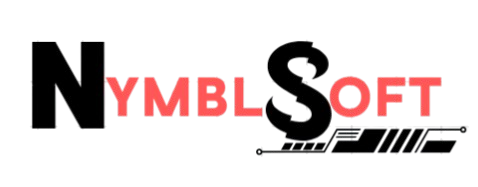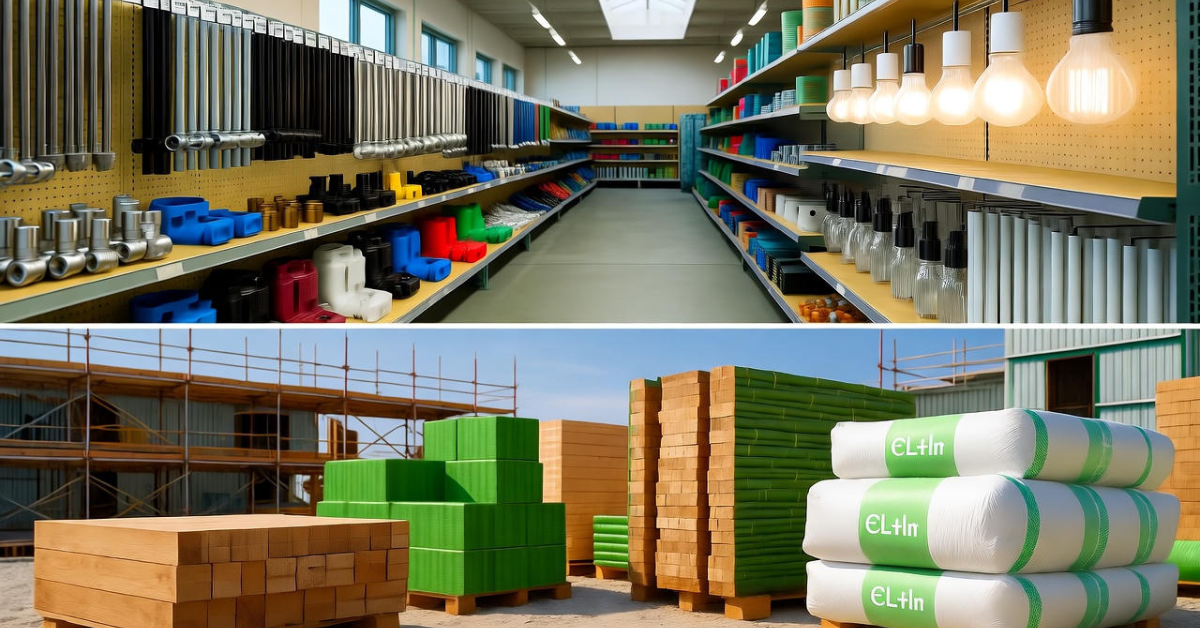Key Takeaways
- PLG supplies mainly mean plumbing, lighting, and general building items that keep projects running smoothly for builders and homeowners.
- They can also refer to tools that drive business growth through your product, like simple apps for tracking users.
- Picking quality PLG items saves time and money, with markets growing fast—like plumbing fixtures hitting about $114 billion in 2025.
- Trends point to smarter, greener options that cut down on waste and energy bills.
- Smart choices in suppliers fix headaches like stock shortages or high prices, making life easier for everyone.
What Is PLG Supplies?
Let’s start with the basics. PLG supplies stand for plumbing, lighting, and general building materials. Think of it as the everyday toolkit for anyone fixing up a house or building something new. These are the pipes that carry water, lights that brighten rooms, and all the bits like screws or wires that hold it together. But there’s another side too. In the business world, PLG can mean product-led growth supplies—things like software tools that help companies grow by making their products easy to use and share. For example, a small app maker might use analytics tools to see what users like, turning happy customers into free promoters. Both meanings tie back to getting things done efficiently, whether it’s a leaky faucet or scaling a startup.
Picture a busy plumber grabbing supplies for a job. Without reliable PLG items, a simple repair turns into a headache. That’s why knowing this term helps you shop smarter.
History of PLG Supplies
This idea didn’t just appear overnight. Back in the 2010s, especially in places like the UK and Ireland, plumbing shops started adding lighting and other general items to their stock. It made sense—why run to multiple stores when one stop covers it all? Over time, this grew into a full category for tradespeople. Then came the pandemic, shaking things up. Supply chains got messy, but it pushed more online sales. E-commerce in these areas jumped, with some reports showing an extra 19% growth in 2020 alone. By 2025, it’s all about blending old-school reliability with new tech, like apps for checking stock in real time.
In the US, it’s adapted to local needs, like tougher materials for stormy weather. Meanwhile, the business PLG side took off with tech booms, helping companies like Slack grow without big sales teams. It’s a story of adapting to what people need most.
Key Product Categories
PLG supplies cover a lot of ground, so let’s sort them into main groups. This way, you can zero in on what fits your project.
- Plumbing Essentials: These are your go-to for water systems—pipes, fittings, and hubs like sinks from brands such as Franke Maris. They’re built to last, handling everything from kitchen remodels to bathroom upgrades.
- Lighting Solutions: From basic bulbs to LED setups, these focus on energy savings. Imagine swapping old lights for ones that dim automatically, cutting your bill without effort.
- General Materials: This catches the rest—tools, glues, and safety gear like those from Monument Tools. It’s the stuff that glues a job together, literally.
- Tech PLG Tools: On the business end, think apps like Mixpanel for tracking how users interact with your product. They help spot what works and fix what doesn’t.
Each category solves real problems, like making homes safer or businesses sharper. If you’re a DIYer, start with basics; pros might mix in tech for bigger wins.
Benefits of PLG Supplies
Why bother with PLG supplies? They make things easier and cheaper in the long run. For trades, having everything in one place means less time hunting around, so you finish jobs faster. Stats show the plumbing market alone is set to add over $27 billion in growth from 2025 to 2029, at about 5.5% a year. That’s a sign that more people see the value.
On the eco side, many PLG items now use recyclable stuff, helping you go green without extra work. Picture a family saving on water bills with efficient fixtures—it’s practical and kind to the planet. For businesses, PLG tools mean growth without huge ads. A startup might use simple feedback apps to tweak its product, turning users into fans. Overall, these supplies cut down on waste, whether it’s time, money, or resources.
Choosing a PLG Supplier
Finding the right supplier is key to avoiding frustrations. Look for ones with solid stock, like Unique PLG Supplies, known for baths and taps from Aqualla or Bristan. They often have online checks, so you know what’s available before heading out. Ratings matter too—aim for places with 3.5 to 4.5 stars on sites like Yelp. That usually means good service and fair prices. If you’re in business mode, pick tools from trusted names like those offering free trials.
Here’s a simple way to decide:
- List your needs—plumbing for a home job or analytics for growth?
- Compare a few options online for prices and reviews.
- Ask about perks like fast shipping or returns.
One contractor I heard about switched to a PLG-focused supplier and cut material issues in half. It shows how the right choice pays off.
PLG vs Alternatives
Big-box stores like Home Depot offer convenience, but PLG ones focus on pro-grade stuff that’s tougher. Cheap alternatives might save upfront, but break sooner, leading to more fixes. Service is a big difference, too. PLG suppliers often have experts on hand, unlike the self-help aisles elsewhere. Costs? Bulk PLG can be 10-20% cheaper over time, especially with loyalty deals.
For business PLG, it’s about simple tools versus complex sales software. The former lets your product shine, while others might overwhelm. Experts say specialized suppliers scale better for growing needs. Think of it like this: If you’re building a deck, PLG materials hold up in rain better than bargain buys. Same for business—right tools keep things steady.
2025 Trends in PLG Supplies
This year, things are getting smarter. Smart plumbing with IoT, like sensors that spot leaks early, is booming. The smart bathroom market is expected to hit $5.26 billion in 2025, growing at 8.1% a year. Eco trends are huge too—more items with Energy Star labels to meet new rules. Digital shifts mean ordering online is standard, fixing old supply delays. Looking ahead, the fixtures market could reach $145 billion by 2028 or so, driven by these changes. If you’re planning a project, lean into these for future-proofing.
Addressing PLG Challenges
No one’s perfect, and PLG supplies have their hurdles. Go for bulk or look for sales on eco options—they often pay back quickly. Stock issues? Pick suppliers with app updates to check ahead. Stick to certified brands and read reviews. Imagine dealing with a faulty pipe mid-job—better to verify first.
Solutions include:
- Building a small stock kit for common tasks.
- Joining trade groups for deals and tips.
- For business, start with free tools to test fit.
These steps turn pains into no big deal, keeping you on track.
FAQs
- What does PLG stand for in supplies? It mainly means Plumbing, Lighting, and General building materials for hands-on work; it can also cover tools for Product-Led Growth in business.
- How do PLG supplies differ from big-box stores? PLG focuses on durable, pro items with better service, while big stores have cheaper but less reliable options.
- What are the key trends in PLG supplies for 2025? Smarter tech like leak detectors and green materials is big, with markets growing fast to billions.
- How to choose a reliable PLG supplier? Check ratings, stock tools, and perks; go for names like Unique PLG Supplies for trade needs.
- Are PLG supplies eco-friendly? Many are, with recyclable parts and energy savers that help follow rules and lower bills.
- What pain points do PLG supplies address? They fix delays and quality dips with quick access and strong products for better results.
Give these ideas a try next time you’re tackling a project or growing your business—you might find PLG supplies make all the difference. Head to a local supplier or check online to get started.

